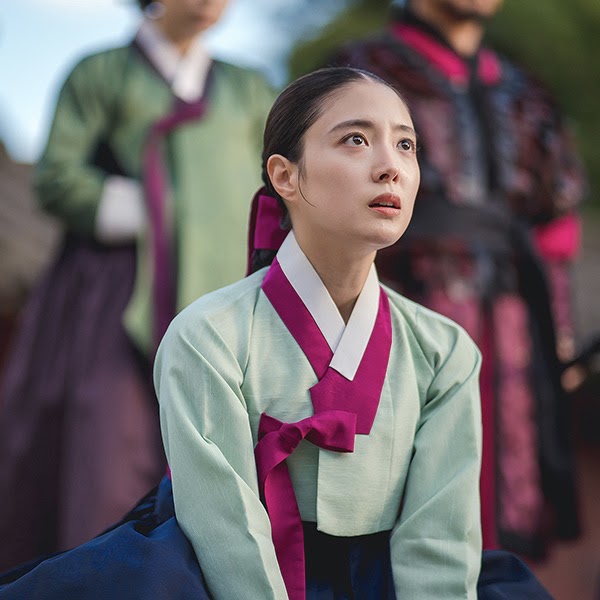Image resource from Cultural Heritage Administration
For all you K-drama watchers, you may recall Dali and Moo-Hak arguing in the last episode of the series about not being able to go to Gyeongju (경주) or to the Seokguram Grotto (석굴암) due to Dali's sudden business trip. Did you wonder at all where or what these two places were? With the Seokguram Grotto being one of the most artistic and architectural masterpieces in Korea, I am not one bit surprised by its mention in this K-drama considering that Dali is an art enthusiast.
Image courtesy from GisGeography.com
Where is Gyeongju?
Gyeongju can be found in the southeastern part of North Gyeongsang Province of South Korea. Because Gyeongju has an abundant number of historical treasures and sites which include nobility burial mounds, palace ruins, and archaeological sites, it is a major tourist site for those that are interested in the cultural heritage of the Silla Dynasty and the architecture of the Joseon Dynasty.
Gyeongju which was historically known as Seorabeol was the capital during the Silla Kingdom. In 940, King Taejo, the founder of Goryeo, changed the name of the capital to Gyeongju.
With the city containing so many historical sites and treasures, it is often referred to as "the museum without walls".
Over the next couple of months, I'll be sharing with you some of the national treasures of Korea that are found in Gyeonju, some of which are also considered as UNESCO World Heritage Sites.
What is Seokguram Grotto?
So, what is Seokguram Grotto you ask? It is an amazing artistic and architectural piece! As someone who has actually been there and seen it, I cannot stress enough how seriously amazing the Seokguram is!
Construction on the grotto commenced in 751CE during the reign of King Gyeongdeok of the Silla Dynasty and it wasn't completed until 774CE during King Hyegong's reign. When it was completed, it was originally given the name Seokbulsa which means 'stone Buddha temple'.
Inside the grotto, there is a very large stone statue of Buddha that is about 11.5 feet tall which sits on a 4.4 feet pedestal, totally almost 16 feet in height. Seeing this Buddha statue has left a lasting memory particularly because of its height. The Buddha statue is placed in a rotunda with 15 panels of bodhisattvas, arhats, and ancient Indian gods surrounding it.
Image resource from Korea Times
For more pictures of this beautiful site, visit the Official Seokguram Site.
In 1962, the Seokguram Grotto is listed as the 24th National Treasure of Korea. Then in 1995, it was listed as a UNESCO World Heritage Site.
What are your thoughts about this man-made statue of Buddha and the Seokguram Grotto? For me, I personally am in awe of how the artists of this historical site have perfectly carved this Buddha and the contents inside the Seokguram Grotto.
Don't forget to come to visit and hang out with me at my socials! Can't wait to hear from you!
XO,
혜원쌤
Laura
Work Cited
Wiki
Cultural Heritage Administration
Korea Times
New World Encyclopedia








Post a Comment